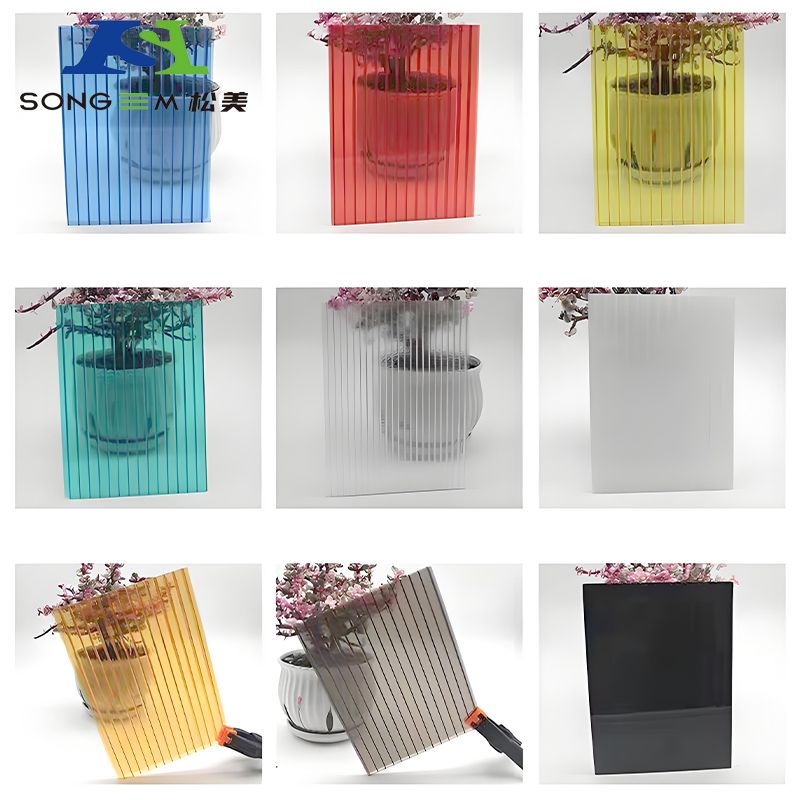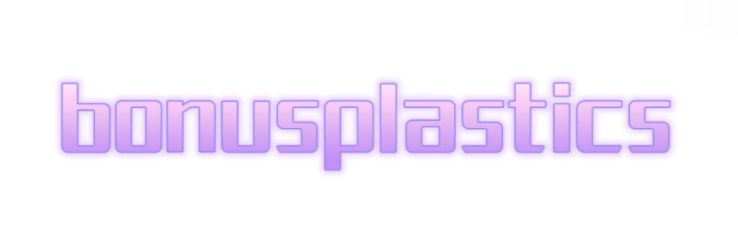What is the Difference Between Solid and Hollow Polycarbonate Sheets?
Polycarbonate sheets are widely used in various industries for their durability, high impact resistance, and versatility. However, when choosing between solid and hollow polycarbonate sheets, it's essential to understand the differences between them to determine which is best suited for your application.
1. Structure and Composition
Solid Polycarbonate Sheets: These sheets are made from a single, continuous piece of polycarbonate material. They are dense and uniform throughout, offering a smooth, solid surface. Solid polycarbonate sheets are generally thicker and heavier compared to hollow sheets.
Hollow Polycarbonate Sheets: Hollow polycarbonate sheets, also known as twin-wall or multi-wall sheets, have a structure that features air pockets between two or more layers of polycarbonate. These air channels help to provide insulation and reduce the overall weight of the material.
2. Strength and Durability
Solid Polycarbonate Sheets: Due to their single-piece structure, solid polycarbonate sheets are extremely strong and impact-resistant. They are often used in applications where high durability is required, such as in security glazing, bulletproof windows, or greenhouses. Solid polycarbonate can withstand significant stress and impact without cracking.
Hollow Polycarbonate Sheets: While hollow sheets are still quite strong and impact-resistant, they are typically less durable than solid sheets. The multi-wall design makes them more flexible, but they are more prone to cracking or breaking under extreme pressure compared to solid sheets. However, they still offer excellent resistance to weathering, UV radiation, and temperature fluctuations.
3. Insulation Properties
Solid Polycarbonate Sheets: Solid sheets offer some insulation properties, but because they lack air pockets, they are generally less effective at heat insulation compared to hollow sheets. However, solid sheets still provide good protection against UV rays and are excellent for high-temperature applications.
Hollow Polycarbonate Sheets: The air gaps between the layers of hollow polycarbonate sheets give them superior thermal insulation properties. This makes them ideal for applications where heat retention or temperature control is important, such as in greenhouses, skylights, and roof panels. The insulation can help to keep the interior cool in summer and warm in winter.

4. Weight and Flexibility
Solid Polycarbonate Sheets: These sheets are denser and heavier, making them less flexible. They are ideal for projects requiring rigid material, such as safety barriers or canopy roofs where added strength is critical.
Hollow Polycarbonate Sheets: Due to their multi-layer structure, hollow polycarbonate sheets are much lighter than solid sheets. This makes them easier to handle and install, especially in large-scale projects. The flexibility of hollow sheets can also allow for some bending or shaping, which is an advantage in certain architectural designs.
5. Cost
Solid Polycarbonate Sheets: Solid sheets tend to be more expensive than hollow sheets due to their solid structure and higher material density. However, for applications that require maximum strength and durability, the higher upfront cost may be justified.
Hollow Polycarbonate Sheets: Hollow sheets are typically more affordable than solid sheets because they use less material. Their lower cost, combined with their insulation properties, makes them a popular choice for applications that don’t require the extreme durability of solid polycarbonate.
6. Applications
Solid Polycarbonate Sheets: These are ideal for projects that require high impact resistance and optical clarity. Common applications include:
Security windows and barriers
Protective covers for machinery
Architectural glazing for enhanced strength
Bulletproof or blast-resistant windows
Hollow Polycarbonate Sheets: These sheets are perfect for applications where insulation, reduced weight, and cost-effectiveness are important. Common uses include:
Greenhouses and agricultural buildings (for better insulation)
Skylights and roofing (lightweight with thermal benefits)
Siding and facades (providing natural light while insulating the space)
7. Clarity and Aesthetics
Solid Polycarbonate Sheets: These sheets provide excellent optical clarity, making them suitable for applications where transparency is essential, such as in glazing or displays.
Hollow Polycarbonate Sheets: The multi-layered structure of hollow polycarbonate sheets can slightly affect clarity, giving them a more translucent appearance. They are usually used where transparency is not the main priority.
Conclusion
In summary, the choice between solid and hollow polycarbonate sheets largely depends on the specific requirements of your project:
Choose solid polycarbonate sheets for applications that demand high durability, impact resistance, and optical clarity.
Opt for hollow polycarbonate sheets when you need lightweight material with good insulation properties, and cost-effectiveness is a priority.
By understanding these key differences, you can select the right polycarbonate sheet for your needs.

